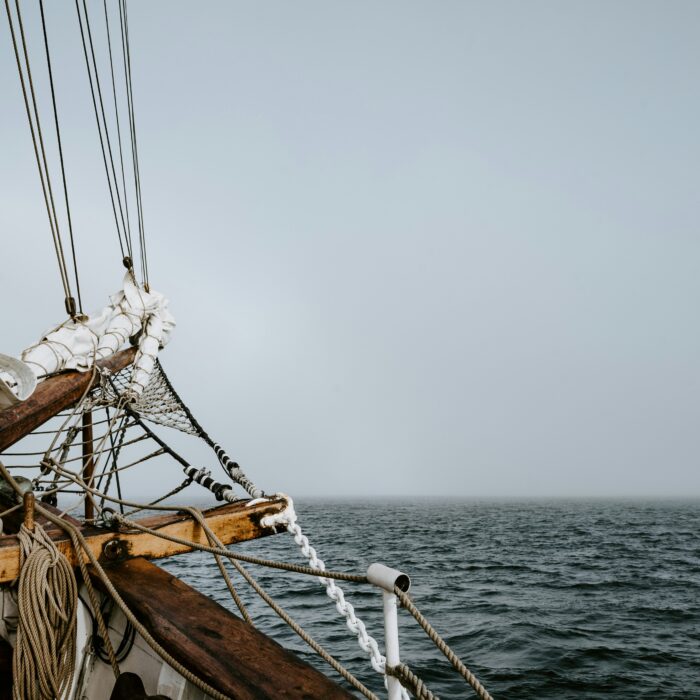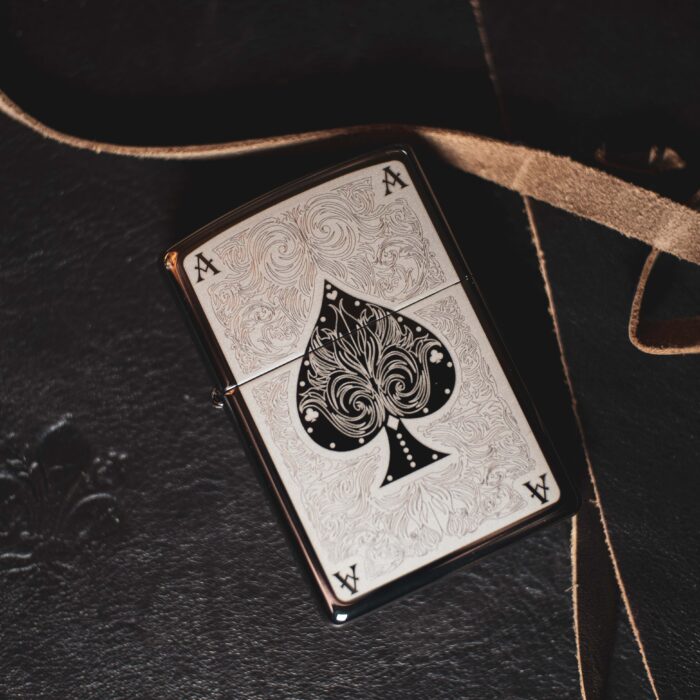You have no items in your cart. Want to get some nice things?
Go shopping
‘Una mirada desde la alcantarilla
puede ser una visión del mundo
la rebelión consiste en mirar una rosa
hasta pulverizarse los ojos’
—From Arbol de Diana, Alejandra Pizarnik
As a child, he was obsessed with a Japanese cartoon called Hana no Ko Run Run (The Flower Child Lunlun). It told a story he knew by heart. That long, long ago, plant spirits and fairy-like creatures lived in harmony with mankind. But that gradually, humans began to rise toward greed. Plant spirits migrated to another world dubbed the ‘Flower Star’. However, their legacy remained in people who truly knew the meaning of love (amor). Lunlun, the girl protagonist, learns the ‘language of flowers’. On a summer’s afternoon in Buenos Aires, he made a pin out of paper, similar to the one Lunlun used in the cartoon. He coloured it, gluing pieces he cut from metal papers. He also wanted to speak to flowers. And he did, but nobody knew.
The Eyes of the Salty One
It took him several years to reach the highest active volcano in the world; the Ojos del Salado, on the Andes. The ‘Eyes of the Salty One’, with its enormous deposits of salt, its shallow lagoons. Since he was a little boy growing up in Argentina he had wanted to conquer it. First, he crossed the Atacama desert on a hired mule carrying a heavy rucksack with his things: a favourite pair of woollen socks, his ebony pipe, a book of poems by Borges. Then, after days of extreme heat and no rain, he approached the mountain range, enduring heavy storms that in hours covered the surrounding area with snow. The ascent was mostly a hike. Exhausted and having difficulty breathing, he remembered that the last eruption of the Ojos del Salado was 1,300 years ago. He stayed there for weeks waiting for another. Before the next big explosion, he kneeled down, kissed the trembling ground, glimpsed birds of prey flying low.
Crossing
In early February 1972, Fernando Hurtado tried to swim the length of the River Plate in one day. During his crossing, he encountered piranhas, swimming snakes and turtles. Shortly before arriving in Uruguay at dusk, his left leg got tangled in deep-rooted mangrove roots. As a consequence he drowned. His exhausted muscular body was eaten by a shawl of angry fish, never seen before on that side of the murky river. His bones never found.
Family Tree
She is definitely not like her mother. Her mother made too many sacrifices, lied to herself, prayed every night to be saved, allowed her wheelchair-bound suegra to treat her like a low servant. Her mother modelled herself on a saint. La Virgen de San Nicolas. She made a conscious decision to break with family tradition. When they ask her what she wants in life she responds: Madness.
The Life of the Pythoness
He patiently cared for her for ten years, gave her small doses of snakes’ fangs to live the life of the pythoness; his ever-present mistress. While he was poisoning her he took her coffers with him.
There was a place he always went to in his yellow car when he thought of her; a place with no streets, no names, just palm trees and incandescent sand. He carefully hid the secret from her, but she knew, waiting for him late at night behind the thin voile curtains of the living room. She waited for that precise moment – siempre esperaba – then went to the entrance door, called his name (the name of the mantis religiosa), and was gone. He told me once she was the love of his life.
Gnarled Forest
‘You have finished on your own
what no one ever started’
—From Diana’s Tree, Alejandra Pizarnik
A dream mother is sleeping in her ochre bedroom; herringbone parquet floors, the curtains drawn to keep the intense heat out. The room, a gnarled forest. The wallpaper cream white with tiny blue flowers in a symmetrical pattern – Lavandula angustifolia. Two small table lamps with heavy chains on each side of her king-size bed. She calls my name. I go to her room to help her get dressed. I carefully choose her gown (tropical green with prints of palm tree leaves and flowers of paradise), her striped black summer shoes, her pearl necklace, her rings. I even suggest a deep carmine red for her lipstick. She looks at the mirror and then glares at me. She tries to speak but I can’t hear her. I wait while she adjusts her earrings. She knows she has been dead for more than two years. She gently touches the mirror. Do I look nice in this? she asks.
The Clock Bird
There was a bird with a head in the shape of an old wall clock. He knew the exact hour of the day and night. His lower parts were feathered black to protect him from nocturnal animals. He knew it was time to leave. One day in Autumn, he found an old stone tower inside an extinguished volcano. The tower had inscriptions in a language he couldn’t understand. There was a window, looking south. And a collection of dried butterflies and winged insects in display cabinets. He named the tower Torre de Laurasia. On certain nights he climbed to the top to predict storms, cyclones. He made a mental map, spending hours looking at the Lepidoteras. Morpho epistrophus argentinus. The clock bird lived for almost 1,000 years. He longed for migration, but never left.
Salt
Mirrored sea.
He next to me. Shoulders touch. Saltiness. Smoke. Petrol fire on the. We face the sky. Sun behind us. Barbecue on the. Only clear day in months. Record break, I. The sea, we could hear it. Mirrored: His eyes closed, mine also. On pebbles. Wet. Dried towel. Wet, your legs. Sun lowering. Sun almost gone. Do you remember?. Behind Beach Street. Towards the empty fields. Flaxseed flowers. Yellow waving spikes. Now we run parallel to the cyanide sky. Lines high up. White on dark purple. Like clouds/west-east/all colours. You. Aeroplanes to. Look up. Up. You. Salt on your lips. Salt on mine. Dried seagull in your hand.
Deal
The weather turned colder. We didn’t go out.
He drew instead with black ink. Facing the rougher sea, the thin Golden Street, a few wooden benches standing empty on the beach esplanade. I could see him leaning forward in his chair, colouring a drawing he has worked on for several weeks. An audiobook narrated by an old British actress on the history of the Ancient world. He switches on all his lamps, lights some candles, partly closes the shutters, then continues at his painstaking drawing. Large monument in ruins. A grand procession through a big avenue, somewhere in the middle of a dense, baroque city of the mind. Sometimes he stops, looks out from the window, stands there for a few minutes with his eyes closed. He walks to his dark oak silver cabinet, looks closely at his jugs, salvers, pots, porringers, kettles, salts, casters, a Charles II silver pin-cushion and goes back to his chair, filling in with colour. There are always faded greens, light blues, thin yellows. Seagulls call out loudly by now in a rushing gale. We slept upstairs near the attic, hugging each other for warmth. Lines that lie above his hip bones, running downwards diagonally. Muscles flexing in the upper back. His broad shoulders. My lips on his neck.
Archaeology
I look for signs, photos, recordings of mother. Her unplayed piano. You, orphan. We used to write long letters filled with sugar. Then, presents stop arriving. She came from the underworld to tell me stories of my ancestors. Her shining bones as fluorescent birth marks. You look like him. Same posture, same fears. Gone to an overflowing museum of your past. Ossuaries to remember, like elephants on an aimless trail. But lines cut short, poles went down. All communications lost.
Family
A year before dying, father took me to the house where he was born in Lomas de Zamora. A low Spanish-style house on a tree-lined street near a train station I’ve never been. He parked opposite the place, stopped the car, offered me a mint. He spoke of neighbours, lovers, cousins, a mad aunt painter. We stayed there in silence. I asked if he missed the place, the neighbourhood.
Better not look back, son.
We left on a highway filled with heavy trucks, black smoke from colectivos.
‘They seem to be the hallucinations of one suffering the effects of a distempered brain’
The pills have arrived. They came all the way from Boston, via Sao Paulo and Buenos Aires. He is seated, waiting in his stained armchair. Head down, watery eyes, constantly looking at his wristwatch. I cannot see anymore. He fell twice, last time in the middle of the kitchen, bruising his jaw. There is a lump on his neck in the shape of a trilobite. It grows at night, when he is dreaming. He thinks narcotics have been concocted for him by witches. I cannot talk anymore. He waits facing the door ajar, giving his back to giant birds that steal his unripe blue grapes. Uvas chinches. A stone path leads to his tool shed at the back of the garden, now lying unkempt. The radio is constantly on. Midday heat overcooks bedding plants. He dreams of a garden he has been to a long time ago. And a red horse going in circles.
Rabbit Man
A man with a rabbit head walks down Avenida 9 de Julio on his way to work. He heads to a big white office on a nineteenth-century building, higher up than the Obelisco monument, which it faces proudly.
Rabbit man digs underground every time there is commotion outside.
He saved on his desktop a colour image he found on Google. Madonna of the Rabbit, by Titian. He glances at the richly dressed Virgin stroking the white cuniculus with her left hand, forcefully grabbing the alert animal.
Rabbit man always tries to escape his pursuers, as if he were fleeing devilish temptations.
His inexhaustible reproductive powers are a curse to him, his associations with Venus brought him disaster. His mother told him so.
Rabbit man finishes work every day at seven on the dot. He grabs his parka coat, his black hat, walks down the ten floors to the street below, walks back home somewhere south of Riachuelo passing discount shops, dead flowers, empty green plastic bottles.
He can see monstrous ships filled with grains from his tiny bedroom window, and a line of aeroplanes descending to the local airport, soon to be decommissioned.
1605
The poet José de Siguenza lingers before Bosch paintings. He is alone in the large marbled hall of El Escorial. His attire as a Hieronymite: brown scapular, a hood over a white habit, strike against the walls of this unforgiving Palace. At dawn after matins, he overhears an older monk called Teofilo. The friar whispers that Bosch’s works consisted of mere fantasies (disparates), that he was suspected of heresy (es herético). De Siguenza looks pensive at El Jardín de las Delicias. He follows the tryptic from left to right, concentrating on the central panel. He looks at the long-eared owl, the naked bodies, the half-monsters dancing. How can it be – he suddenly thinks – that Su Majestad tolerates their presence here? He looks again at the luminous painting, trying to convince himself. He touches his ebony rosary, hanging from his rope belt. By dusk, he is seen dancing naked in the long corridors of the royal monastery, holding a speckled toad in his left hand.

About Leo Boix
Leo Boix lives in London and Deal (Kent). His work has been published in journals including The Rialto, Magma Poetry, Modern Poetry in Translation (MPT), The Morning Star; Ink, Sweat and Tears, Under the Radar, And Other Poems, Minor Literature [s], Panoplyzine and elsewhere. He was selected for The Complete Works III (https://thecompleteworkspoetry.com/), and in 2016 won first prize for the Anglo-Chilean Society poetry competition. As an international journalist, his articles are regularly published in major Latin American journals and newspapers including Revista Proceso, Diario Perfil, El Nuevo Herald and Diario El Telégrafo. His poems will feature in ‘Ten: Poets of the New Generation’ (Bloodaxe) later this year. In 2015 Boix published his first Spanish collection 'Un lugar propio' (Letras del Sur, Bs. As.), followed in 2016 by 'Mar de noche' (Letras del Sur, Bs As). He was included in the anthology collection Apología 2 (2015) for best contemporary Argentinean poetry, and judged and wrote the prologue for its sequel Apología 3 (Poesía porque sí, 2016), showcasing the best young Argentinean poets. Boix is currently poet in residence at St. Gabriel’s School, London.



